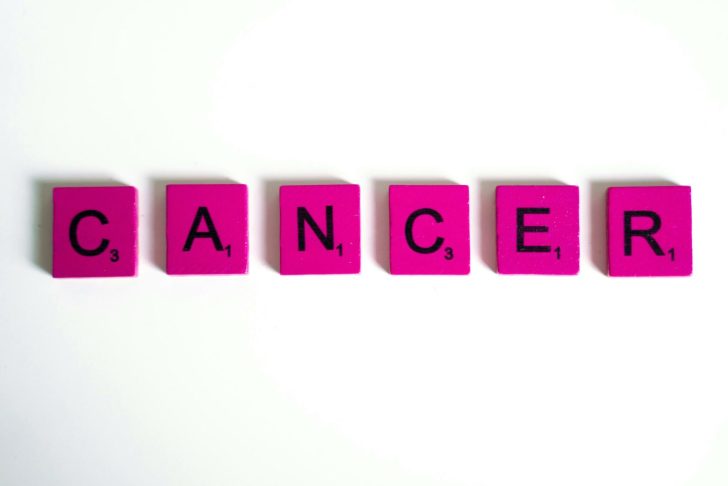Examining Cancer Trends Across Generations
These younger generations are also more likely to develop 17 specific types of cancer. Researchers identified key contributors to this rise, including environmental toxins, diet, and obesity, though further research is needed to explore additional causes.

Key Findings: Cancer Rates in Younger Generations
Earlier studies hinted at an increase in certain cancers among younger cohorts, but this new research is the first to analyze both cancer incidence and mortality rates by birth year. The study highlights how early-life exposure to carcinogenic factors significantly impacts cancer risk by age 50. With Gen X and Millennials carrying elevated risks, the number of cancer cases is expected to rise as they age.

17 Cancer Types Driving the Increase
The study analyzed data from over 23.6 million cancer diagnoses and 7.3 million cancer-related deaths between 2000 and 2019. Researchers identified 17 cancers with increased incidence among Gen X and Millennials, including:
•Small intestine
•Cardia gastric
•Ovary
•Estrogen receptor-positive breast
•Non-HPV-associated oral and pharynx (in females)
•Liver and intrahepatic bile duct (in females)
•Kaposi sarcoma (in males)
•Anus (in males)
•Colorectal
•Endometrial
•Gallbladder and other biliary
•Pancreas
•Kidney and renal pelvis
•Myeloma
•Non-cardia gastric
•Leukemia

Notable Trends in Incidence and Mortality
Certain cancers—such as those of the pancreas, kidney, thyroid, and small intestine—have seen particularly sharp increases. Mortality rates have also risen for liver, endometrial, gallbladder, testicular, and colorectal cancers. These findings suggest that the rising cancer risk isn’t solely due to improved detection but reflects a real population-wide trend.
What’s Driving the Increase?
The study highlights several potential causes of rising cancer rates:
•Obesity: Linked to 10 of the 17 cancers, obesity rates have surged since the 1970s, particularly among individuals aged 2 to 19.
•Environmental Pollutants: Long-term exposure to toxins in the environment may play a role.
•Lifestyle Factors: Sedentary habits and disrupted sleep patterns contribute to the risk.
•Western Diet: Diets high in processed foods, sugar, saturated fats, and refined grains are directly associated with colorectal and breast cancers. Changes in gut microbiome, influenced by diet and antibiotic use, may also contribute to cancers in the digestive system.

Encouraging Signs Amid the Challenges
Despite the concerning rise in cancer incidence, there is some positive news. HPV vaccinations, introduced for women born around 1990, have reduced cervical cancer rates. Similarly, declining smoking rates have led to fewer cases of esophageal, laryngeal, and lung cancers. Additionally, advances in early detection have helped lower overall cancer mortality rates.

Conclusion
This study underscores the importance of addressing modern health challenges to combat rising cancer rates. While Gen X and Millennials face increased risks for certain cancers, lifestyle changes, preventative measures, and medical advancements are making a difference. By understanding the factors driving these trends, society can work towards reducing future cancer incidence and improving outcomes for younger generations.
